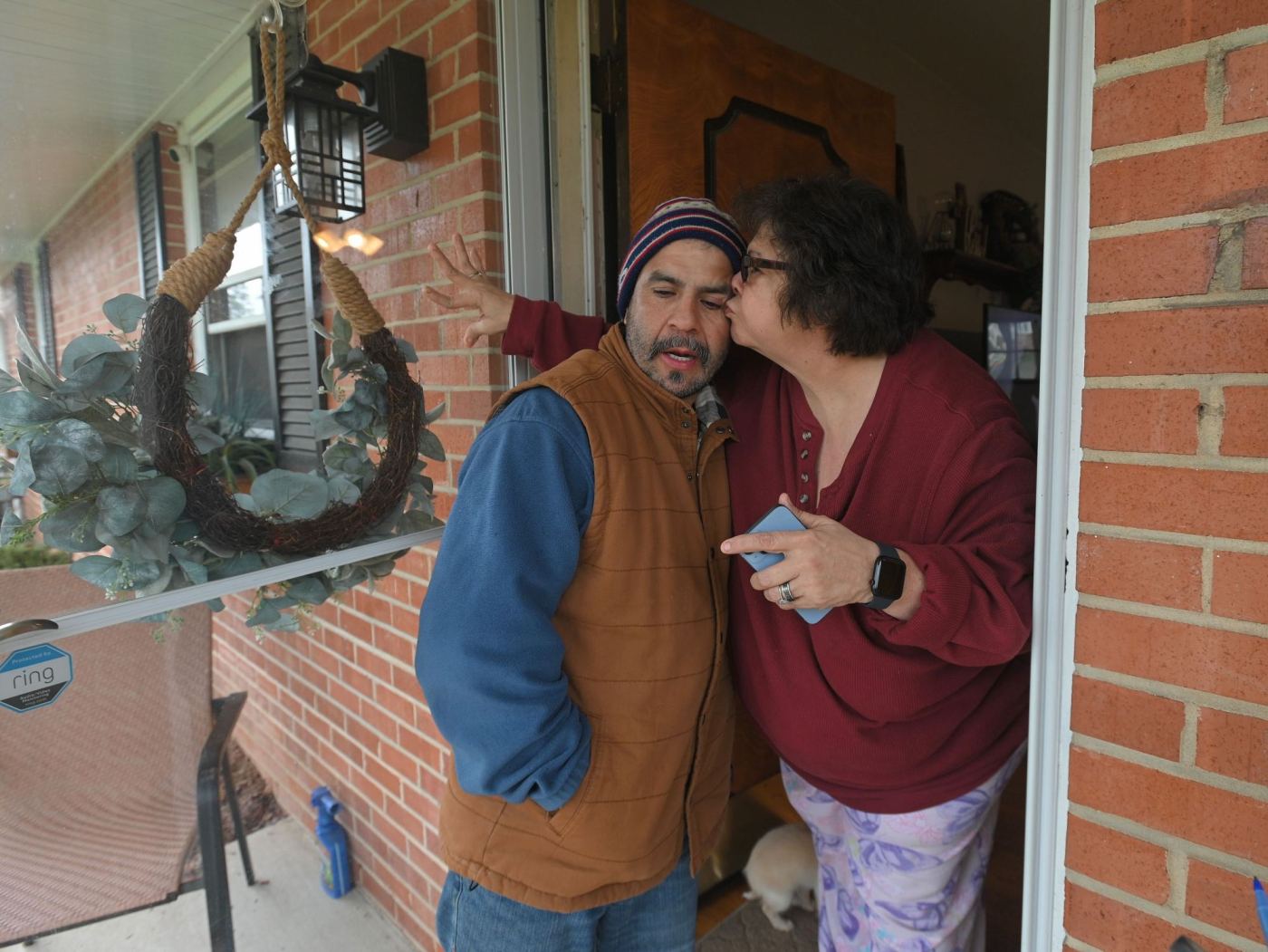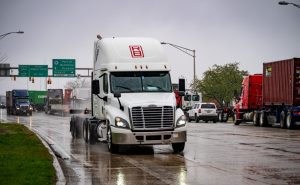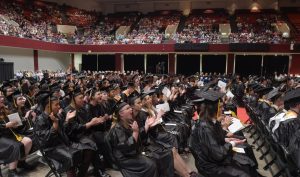
Key Bridge collapse: What we know about the six workers killed
Seven men left home Monday evening for a night shift on the Francis Scott Key Bridge repairing the Interstate 695 roadway.
Six members of the crew — fathers, husbands and at least one grandfather — did not return to their families in Baltimore, Dundalk, Owings Mills and Glen Burnie when the sun rose Tuesday over the wreckage of the collapsed Key Bridge.
On Wednesday, divers found the bodies of two men, identified as Alejandro Hernandez Fuentes, 35, of Baltimore, and Dorlian Ronial Castillo Cabrera, 26, of Dundalk, inside a red pickup truck. Fuentes was from Mexico and Cabrera from Guatemala.
The Latino workers were on the bridge’s middle span when a container ship hit its support column and sent the expanse plummeting into the Patapsco River early Tuesday morning.
After a mayday from the ship, a Singapore-flagged vessel named Dali, police hurriedly closed off the bridge to traffic, but the construction crew from Hunt Valley-based Brawner, who were filling potholes on the roadway, couldn’t escape.
A Maryland state highway inspector and one construction worker survived, but four others who plunged into the chilly depths of the river haven’t been found as the recovery effort continued.
Three of the men were originally from Mexico, one of whom was rescued with injuries but has been released from the hospital, according to the Mexican embassy. The remaining workers were from El Salvador, Guatemala and Honduras.
Authorities have yet to officially name the other four victims, but CASA, a nonprofit supporting immigrants, said that two were members: Maynor Suazo Sandoval, who emigrated from Honduras 17 years ago, and Miguel Luna, who has lived in the U.S. for 19 years. Luna’s friends and neighbors in Glen Burnie described him as a sweet and hardworking grandfather who forged friendships despite language barriers.
“His brother describes Maynor as having a true virtue for all things machinery. Maynor dreamt of starting his own small business in the Baltimore area,” reads a Wednesday news release from CASA. “He was always so full of joy, and brought so much humor to our family.”
Suazo Sandoval was a husband and father of two. The family was gearing up for his birthday celebration on April 27, CASA said.
Latino Racial Justice Circle, a faith-based organization in the Baltimore area, set up a GoFundMe Wednesday morning to raise money for the families of the six missing workers. The online fundraiser quickly surpassed its initial goal of $18,000. After bringing in close to $98,000 in donations by about 6 p.m. Wednesday, the organization shut it down, Vice President Susana Barrios said. Donations can still be made through the Baltimore Mayor’s Office of Immigrant Affairs.
“We raised so much money so fast, and because we’re volunteer-run, we are so small, we closed it down yesterday and then we passed it to the Mayor’s Office of Immigrant Affairs,” Barrios said Thursday morning.
“We know that the 6 victims were all Latino immigrants who were supporting partners and children in the Southeast Baltimore and Dundalk communities. As they move forward with their shock and grief, the families will need support with basic needs, such as rent, groceries, and utilities,” the fundraiser page says.
Jeffrey Pritzker, executive vice president of Brawner Builders said in a Wednesday interview at the company’s Hunt Valley headquarters that colleagues were taking the news hard. “We’re doing everything we can to assist the families, but you can’t bring somebody back when they’re gone,” Pritzker said.
Many people don’t realize how dangerous road construction can be for workers, he said. Between 2003 and 2020, more than 2,200 workers died at road construction sites, an average of 123 per year, according to the Centers for Disease Control.
Brawner takes precautions to protect its workers from traffic and other hazards, Pritzker said, but the collapse was unexpected and catastrophic. “Who could ever have foreseen something like that happening?” he said.
Bobby Knutson Jr., a construction worker from Northern Virginia who worked at Brawner for about five years, said he and his crewmates sometimes worried about cars crossing the bridge while they were working, or falling from the span. But the massive container ships leaving the Port of Baltimore and traveling under the bridge were mostly exciting to behold, he said.
“The last thing we ever thought about was a boat hitting the bridge. It just blows my mind,” Knutson said.
Related Articles
Judge issues gag order barring Donald Trump from commenting on witnesses, others in hush money case
Netanyahu agrees to send Israeli officials to Washington to discuss prospective Rafah operation
Businesses are ready for April’s total solar eclipse with celestial-themed doughnuts and beer
Who is Robert Hur? A look at the special counsel due to testify on Biden classified documents case
Why are clocks set forward in the spring? Thank wars, confusion and a hunger for sunlight
Knutson said he knew several of the crew members who were on the bridge when it fell, including Luna and Alejandro “Alex” Hernandez, who was originally from Mexico, and rose through the ranks at Brawner to become a foreman.
“When I had met him, he was a laborer — didn’t have a company truck,” Knutson said. “And then by the time I left, he had the company truck and his own crew, which I thought was really cool.”
Hernandez was “attached at the hip” with his brother-in-law, Julio, who Knutson believes was rescued from the collapse and sent to R Adams Cowley Shock Trauma Center. He was released later in the day Tuesday.
Hernandez was a “fireball,” Knutson said. He was short in stature, but his big personality made it feel like he could be 7 feet tall, Knutson said.
“He was the nicest guy ever, but you didn’t want to get on his bad side because he took no crap from anybody,” Knutson said.


